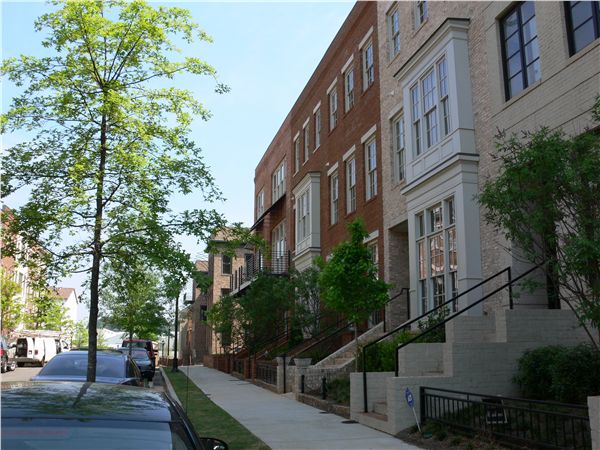 Glenwood Park, AtlantaDid land-use regulation contribute to the housing bubble? The idea is no comfort to Smart Growth fans, but it’s the conclusion of new research [PDF] from a pair of economists. Haifang Huang and Yao Tang, of the University of Alberta and Bowdoin College respectively, found that any limits on where homes can be built — be they lakes and mountains or urban growth boundaries such as Portland’s — corresponded to both higher price gains and steeper price drops for residential property:
Glenwood Park, AtlantaDid land-use regulation contribute to the housing bubble? The idea is no comfort to Smart Growth fans, but it’s the conclusion of new research [PDF] from a pair of economists. Haifang Huang and Yao Tang, of the University of Alberta and Bowdoin College respectively, found that any limits on where homes can be built — be they lakes and mountains or urban growth boundaries such as Portland’s — corresponded to both higher price gains and steeper price drops for residential property:
In a sample covering more than 300 cities in the U.S. between January 2000 and July 2009, we find that more restrictive residential land use regulations and geographic land constraints are linked to larger booms and busts in housing prices. The natural and man-made constraints also amplify price responses to an initial positive mortgage-credit supply shock, leading to greater price increases in the boom and subsequently bigger losses.
Obviously, growth restrictions, geographic or political, limit the supply of available land. And zoning limits on density and building height limit the supply of available dwellings and drive up prices.
It’s less clear why such restrictions would correspond with sudden price drops, as the research suggests. It’s something that supporters of compact (walk-, bike-, transit-friendly) neighborhoods will want to answer. Any takers?
(Hat tips to Matt Yglesias and Adam Ozimek)



